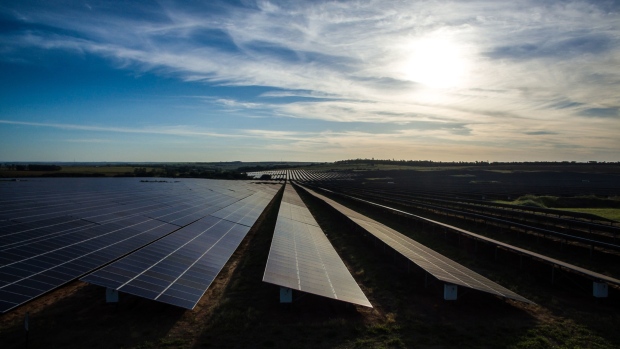Sep 20, 2021
Green Investment Frenzy Runs Risk of Becoming a Bubble, BIS Says
, Bloomberg News

(Bloomberg) -- The rapid pace of growth in green investing raises the prospect of a bubble that could burst further down the road, according to the Bank for International Settlements.
Price-to-earnings valuations for clean energy companies are high and more analysis is needed to understand how green investing is playing out in the credit market, the Basel-based institution said in its quarterly report published on Monday.
History indicates that assets related to fundamental economic and social change may experience a significant price correction after an initial surge of interest, according to the BIS analysis, which took as its example 19th-century railroad stocks and the dot.com bubble.
“Given the very fast growth of the new asset class, there are questions about the possibility that a bubble might develop unless market transparency can be ensured,” authors Sirio Aramonte and Anna Zabai wrote. “There are signs that ESG assets’ valuations may be stretched, although the available evidence stems from segments that are of indirect concern from a financial stability perspective.”
What exactly gets counted as an environmentally sustainable is a key concern and could result in costly missteps, as the sector gains in popularity. The market for environmental, social and governance investing exceeded $35 trillion last year, according to Bloomberg Intelligence, roughly a third of the global total.
Asset managers are about to get details on a key plank of Europe’s anti-greenwashing regulation when a draft outlining so-called Regulatory Technical Standards will be made available later this year.
“It will be important not only to assess the benefits of financing the transition to a low-carbon world, but also to identify and manage the financial risks that might arise from a shift in investors’ portfolio,” the authors of the BIS study said. “Proceeding in this direction would involve the collection of adequate data on holders and exposures, with special attention to those that are leveraged and may reside in the less transparent segments of the financial system.”
©2021 Bloomberg L.P.


